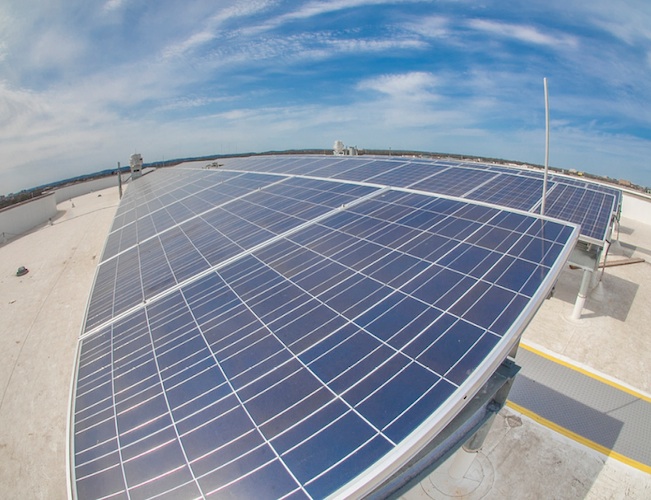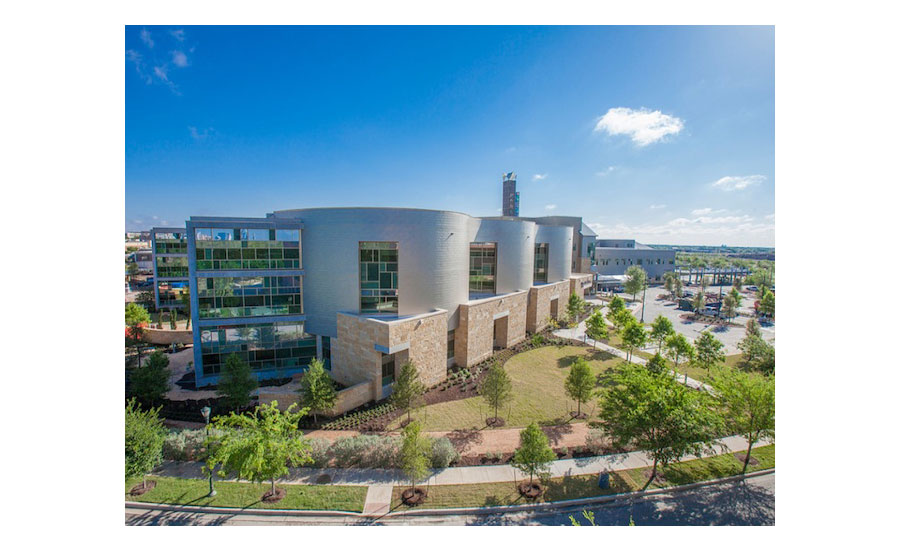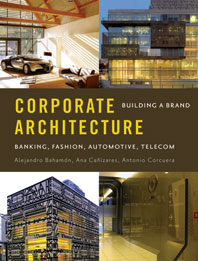Measures taken for the $49 million W.H. and Elaine McCarthy South Tower include sourcing 60 percent of the building’s materials from salvaged or reused materials—effectively diverting 3,000 tons of waste from the landfill—and installing efficient appliances to reduce water waste by 38 percent.

Photo courtesy Seton Healthcare Family
Other features capitalize on a growing body of research that suggests access to nature and green design strategies can promote healing. The new facility, which features an epilepsy monitoring unit and a toddler rehab center, has an outdoor labyrinth and a children’s sensory garden. Exposure to plants and natural sounds will be used to reduce stress and encourage movement for physical therapy. Green design principles also aligned with health goals in the decision to avoid persistent, bioaccumulative toxic (PBT) chemicals in interior furnishings and medical equipment.
“Sustainable environments have a profound, measurable effect on the healing process, not only for patients but also for all who enter our doors,” stated Michele Van Hyfte, manager of environmental stewardship for the hospital, in a press release.
Dell Children’s Medical Center has years of seeing these effects in practice: the main building became the world’s first LEED Platinum-certified hospital in 2008 before LEED-HC was launched in 2011 as a distinct standard.
LEED-HC is designed to address the special needs of hospitals, which operate at all hours, have strict regulatory requirements, and use massive amounts of energy for their equipment. A clinic in Washington earned the world’s first LEED-HC certification, achieving Gold in April 2013.




Post a comment to this article
Report Abusive Comment